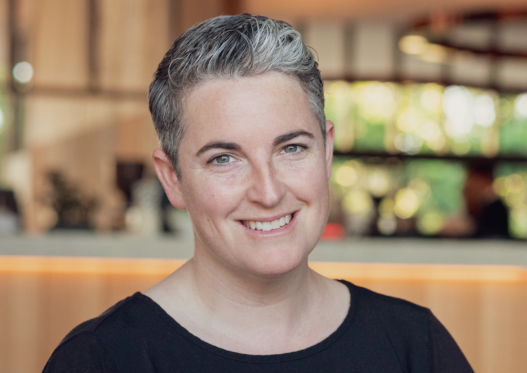Partnerships between fintechs and the big banks - as well as other financial services incumbents - will continue to increase during 2021.
That’s the prediction of VentureCrowd co-founder and CEO Steve Maarbani who tells this edition of InFinance the fintech M&A story is only just beginning.
The former PwC partner was speaking after Xinja handed back its banking licence and NAB’s acquisition of 86400 prompted some commentators to declare the neobank dream in “tatters”.
Funds management specialist Steve, whose firm has 57,000 registered members, raised $20m last year to take its total to $140m to date, vehemently disagrees, saying: “It’s just not true.
“The key things we'll continue to see are that incumbent organisations who know digitisation is necessary - but also know they struggle to innovate internally - will look to partner with fintechs.
“UBank is an excellent example of that.
“It’s a really cool initiative. They really are trying to identify innovation and engage with innovation a very different way.”
For Steve, who founded VentureCrowd in 2013 to digitise venture capital, says it’s almost impossible to overcome the “legacy processes, systems and cultures that exist in these organisations.
“I'm not having a go at big banks,” he adds.
“The issue exists in all major organisations, from the major property groups to the financial services groups.
“So the trend is going to be for increasing partnership with more and more fintechs at earlier stages. 86400 and UBank is an example, but there's lots of examples of that.”
CBA has stakes in five businesses through its X15ventures, is just one example.
Expanding on why the big banks are in some cases incubating fintechs, he went on: “Their choices are, ‘I'll wait for the digital solution to be built and to be worth a lot of money or I'll engage early’. Either partner or invest early and then watch it with my finger on the cap table.
“And, that's exactly what's happened with UBank and 86400.
"They already had an investment. Someone took that chance at NAB really early on in the piece, at a stage where you wouldn't expect the bank to acquire equity in a business like that.
“But when you're on the cap table, even as a minor investor, you have the best possible due diligence you can have. Which is whatever you're entitled to in the shareholders agreement.
“It's almost like buying an option.”
That 86400’s acquired 85,000 customers in 18 months against UBank’s 600,000 over 12 years suggests “they're better at doing this digitally - much, much better, actually,” he says.
As the founder of a digital alternative investment platform focusing on access to venture capital, property development and fund products to wholesale and retail investors, he has faced similar legacy issues.
“Right now, in alternative assets and alternative asset firms, the NAB equivalent in this scenario does everything traditionally,” he explains.
“Paper is sent, an email is sent to this person and that person in Sydney.
“Onboarding, AML, investment management and signing contractors is all done in the way it's always been done.”
Two of the reasons why the incumbents know they have to become digital savvy are because of a lack of trust and the rise of millennial spending power, according to Steve.
“Trust in traditional financial services is very clearly at an all time low with what came out of the Hayne Inquiry,” .
“The community more than ever has the lack of trust for traditional financial services. The Edelman Trust Barometer that backs this.
“The second thing is, with the largest intergenerational transfer of wealth in modern history to millennials who are digital natives and they expect services to be provided in a particular way.
“Within five or six years from now, they will be the dominant buyer of financial services. Not just banking, but investment products as well.”
While all banks have basic digital functions like alerts to warn customers about to go into debt, the social media defined generation will demand more.
“What gets more exciting is when you start connecting digital banking to your investment products, to your peers, to communities, to purpose,” he says.
“I think as the core, as the fundamental financial services customer becomes more and more that millennial group and younger, that's what they're looking for.
“Because of the way they engage is almost banking has almost become a social network.
“It's very difficult for legacy institutions to think like that.
“But when you have ex-bankers in a room with product designers and UX designers and marketers, and a level of creativity which is well beyond just the technical and the compliance, you get to really play with what is possible.”
Noting the concerns the ACCCs has about monopolies in view of the partnerships, he added: “All you can hope is that rather than pick it up and put it on a shelf and kill it, what actually happens is they pick it up and say, ‘This is a complimentary service to our larger group and we'll let it run and do its own thing’.”
Otherwise, it would be a very expensive and futile way to delay digital competition.
“Another fintech would come along, and another one, then another one,” he says.








